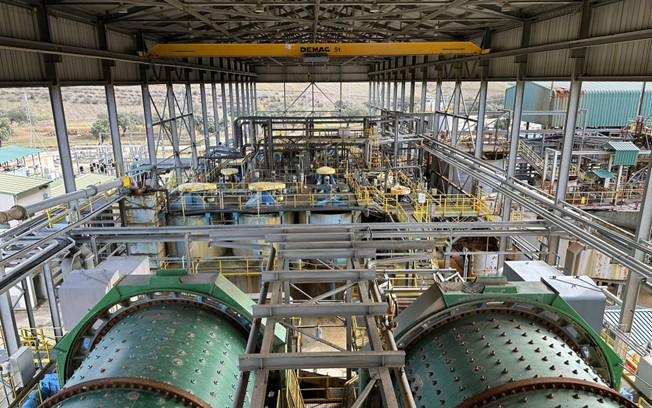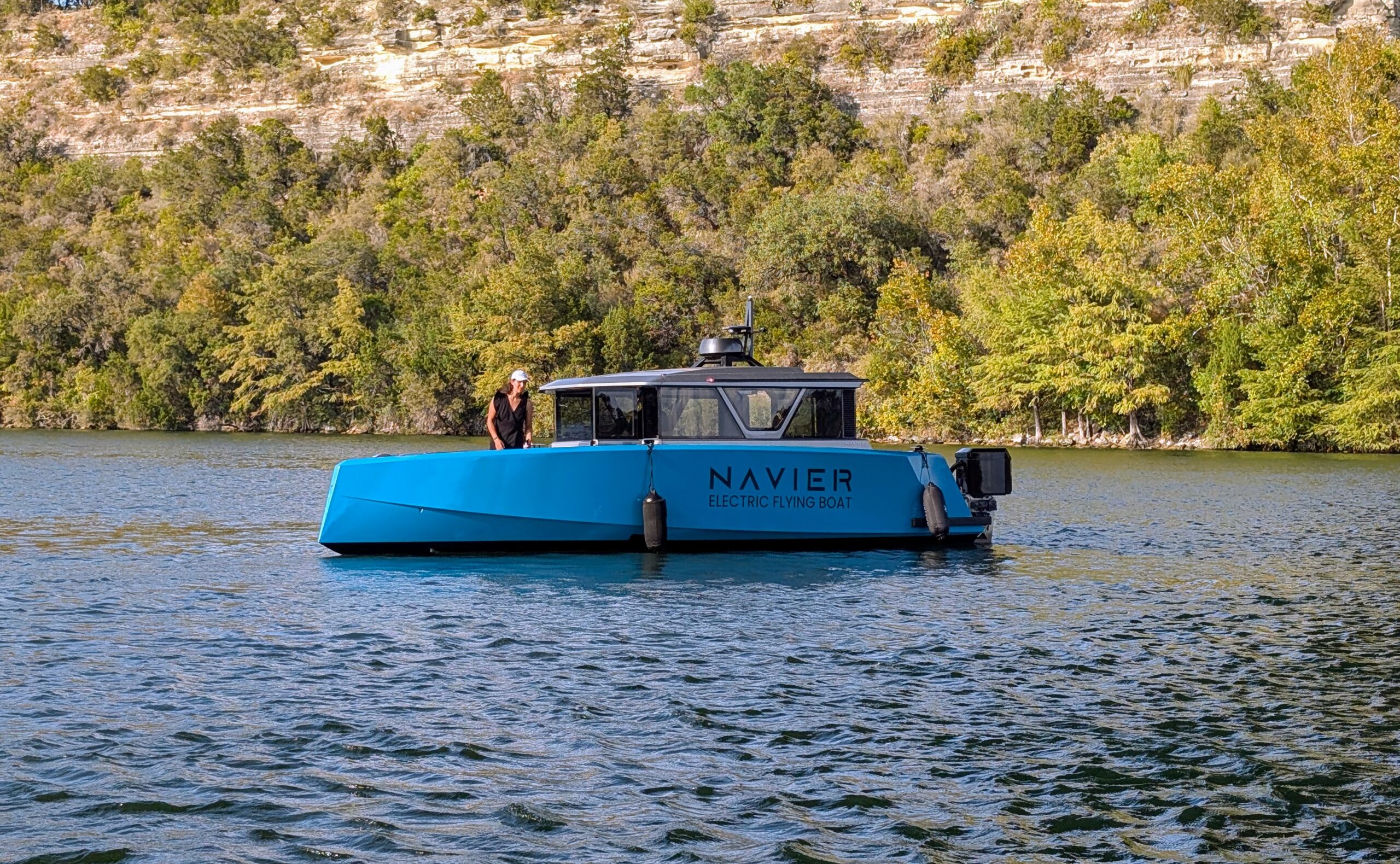Fleet Space Technologies co-founder and chief executive officer Flavia Tata Nardini highlights how mineral exploration is the key to reaching net-zero goals.
Technological innovation is the cornerstone of human progress.
At their best, the foundational technologies of the modern world – such as the global internet, digital technologies, space travel, clean energy, and AI – inform a belief that hard problems are not permanent fixtures in time and space.
They are mutable barriers humanity must overcome to build a brighter future for the planet.
The global mining industry now face a paradox on the road to net-zero: delivering the minerals needed to fuel the global adoption of clean energy technologies depends on the rate of new mineral discoveries.
That makes the sector not only an essential partner on the road to net-zero but elevates the complexity and structural obstacles involved in modern exploration as critical problems that must be solved to achieve climate progress.
Innovators in this field need a reality check: mineral exploration is a balancing act of constantly shifting macro-level conditions such as market pressures, investment cycles, shifts in exploration strategy, regulation, budgets, and price volatility.
This means every exploration company faces unique operating conditions that are either enabling its progress, slowing it down, or forcing it into stasis. However, when the challenges of explorers on the ground and how they compound across the exploration lifecycle are examined, a clear innovation path starts to emerge.
At the project level, implementing a strategy in highly remote and rugged environments with incomplete datasets and changing budgets can be a real struggle. Exploration teams are often being pulled in several directions at once while managing the planning, logistics, data interpretation, strategy modification, and budget for each stage of their program.
Add the complexity of integrating vast amounts of data of various types and quality – each with their own weighted significance for the specific project – while reducing human bias in the analysis represent incredibly time and cost-intensive steps for exploration teams.
This is a significant contributor to why it takes up to c to identify and operationalise a new mine, according to the International Energy Agency.
When the technology landscape of the world today is surveyed, there are some very specific capabilities that can address these fundamental challenges in the exploration workflow.
Satellite connectivity, for real-time exploration data collection and processing. High-quality and scale invariant 3D multiphysics data, for streamlined integration of diverse 3D and 2D exploration datasets.
Multimodal and multiscale artificial intelligence (AI) to radically narrow the exploration search space, enhance data-
driven decision-making, while also de-risking and identifying new opportunities faster.
Expecting major or early-stage explorers to cultivate the expertise and resources needed to develop and integrate these technologies is unreasonable: their focus is and needs to stay fixed on discovery. They also don’t need multiple new technology providers and software to build into their planning cycle and strategy, adding more complexity.
The real-time and predictive capabilities enabled by advanced satellite connectivity, real-time multi-physics data acquisition, and AI must be combined into a plug-and-play technology stack that can be deployed rapidly at any stage of the exploration journey with minimal environmental impact.
This represents more than just profound gains in efficiency at every level of exploration. It represents a unification of the end-to-end exploration journey, enabling data-driven learning in exploration on a previously unimaginable scale.
The key to maximising the value of high-quality real-time data acquisition and processing is AI. By linking a continuous feed of high-quality exploration data to custom multi-scale, multimodal AI models, the onsite teams working on the frontlines of exploration today can integrate and interpret vast amounts of data, challenge hypotheses, and arrive at actionable decision points faster.
This creates shorter and more insightful learning cycles, strengthening a positive feedback loop of enhanced decision-making at every stage of the exploration journey.
Looking at the arc of mining innovation before us, a deeper integration of these technologies across the global exploration value chain can be seen.
As the world continues to strive for a net-zero future, the operational challenges involved with mineral discovery can no longer be viewed as isolated hurdles.
They must be addressed through a unified technological approach that empowers exploration teams with real-time data, AI-driven insights, and streamlined workflows, enabling them to deploy resources towards opportunities faster, with enhanced precision, while minimising environmental impact.
Instead of accepting complexity and operational headwinds as table stakes, the industry must view them as opportunities to drive down the time and costs involved between each step of the exploration journey using the latest wave of innovation in space, 3D multi-physics integration and AI.
With this approach, the industry can meaningfully reduce the time to discovery, unlock sustainability across the mining lifecycle and set the industry up for a renaissance in data-driven exploration.
Then, as mineral supply and demand equalises, clean energy technologies scale, and the inputs needed for the advanced technologies of the future are secured, the critical role of the industry will come into focus as the foundation of the clean energy future we aim to build.
The convening power of IMARC (International Mining and Resources Conference) drives the future of the global mining value chain into the present.
IMARC’s invaluable role in forming a shared understanding of the challenges the industry faces, opportunities for collaboration, and solutions that can move the industry forward, is critical to the progress we work tirelessly to achieve.
Fleet Space Technologies co-founder and chief executive officer Flavia Tata Nardini will be a keynote speaker at IMARC 2024 in Sydney, Australia from October 29–31.
For more information and to register for IMARC 2024, please visit the IMARC website.
Subscribe to Australian Mining and receive the latest news on product announcements, industry developments, commodities and more.




